geometry formulas and terms 25
1/120
There's no tags or description
Looks like no tags are added yet.
Name | Mastery | Learn | Test | Matching | Spaced |
|---|
No study sessions yet.
121 Terms

Volume of a prism
B*h

Volume of cylinder
π*r²h

Volume of a cone
1/3π*r²h

Volume of a pyramid
1/3B*h
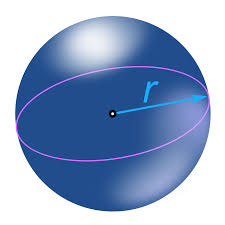
Volume of a sphere
4/3πr²(h)
population density
pop/area
Density
mass/volume
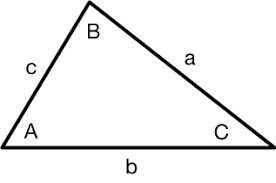
area non right triangle
1/2*absinc
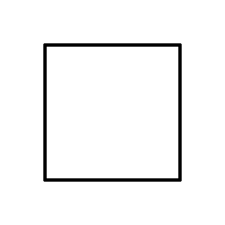
Area of a square
s²
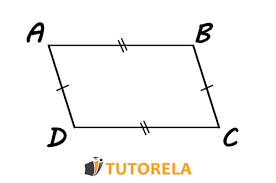
Area of a parallelogram
b*h
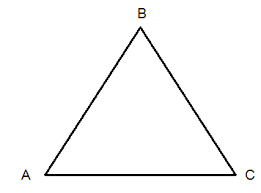
Area of a triangle
1/2b*h
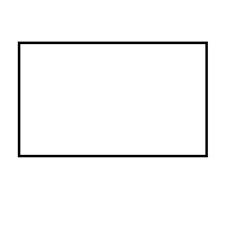
Area of a rectangle
l*w
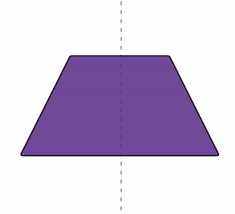
Area of a trapezoid
1/2(b1+b2)h

Area of a circle
π*r²
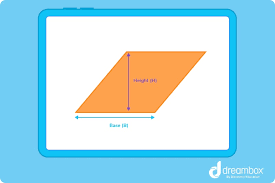
Area of a rhombus
½ d1*d2

Area of sector of a circle
arc/360*π*r²

Length of an arc
arc/360 π* d
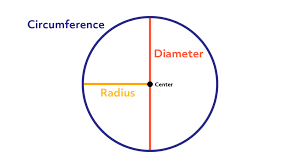
Circumference
π*d
sum of interior angle
180(n-2)
sum of exterior angles
360
One interior angle
180(n-2)/n
One exterior angle
360/n

Pythagorean theorem
a²+b²=c²
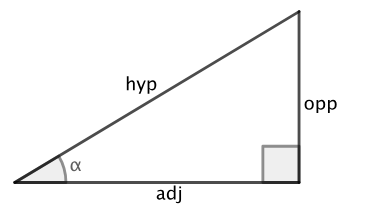
sin
opp/hyp
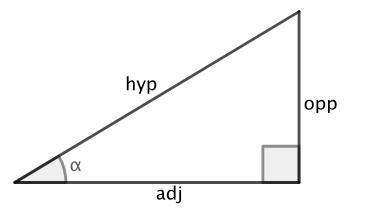
cos
adj/hyp
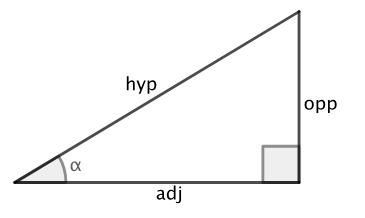
tan
opp/hyp
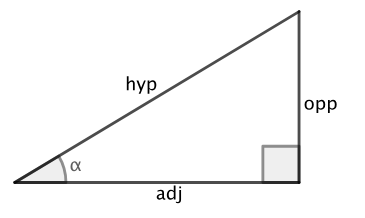
sin x
cos(90-x)
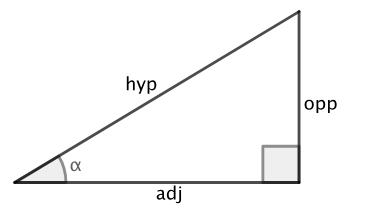
cosx
sin(90-x)

Tanx
cosB(90-x)
r x-axis (x,y)
(x,-y)
r y-axis (x,y)
(-x,y)
r (0,0)
(-x,-y)
r y=-x (x,y)
(-y,-x)
r y=x (x,y)
(y,x)
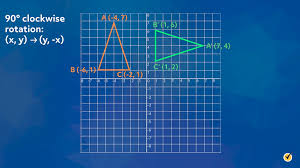
R 90 (x,y)
(-y,x)
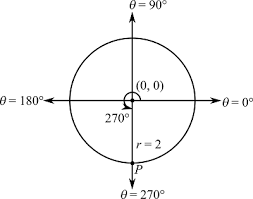
R 180 (x,y)
(-x,-y)
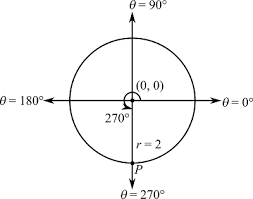
R 270 (x,y)
(y,-x)
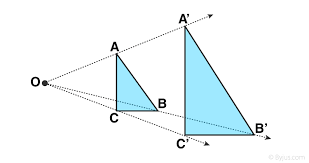
Dilation
(x,y)=(kz,ky)
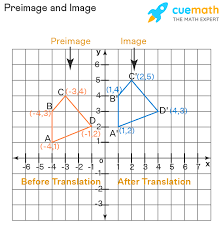
Translation
(x,y)=x+a,y+b)
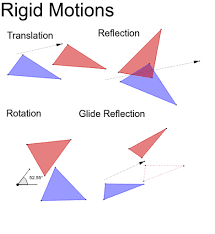
Rigid motion
transformation that preserves distance and angle measure . Translations, reflections and rotations are all rigid motions. Dilations and stretch functions are not rigid motions since they change size
orientation
Order of the letters
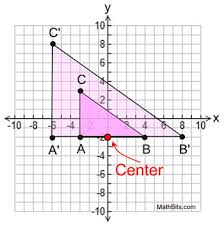
Dilation of a line
When the center of a dilation is not on a line
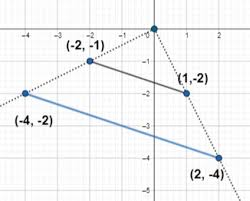
Dilations of a line
when the center on dilation is on line -dilation keeps the line unchanged

mid-segment theorem
If a line segment joins the midpoints of 2 sides of a triangle
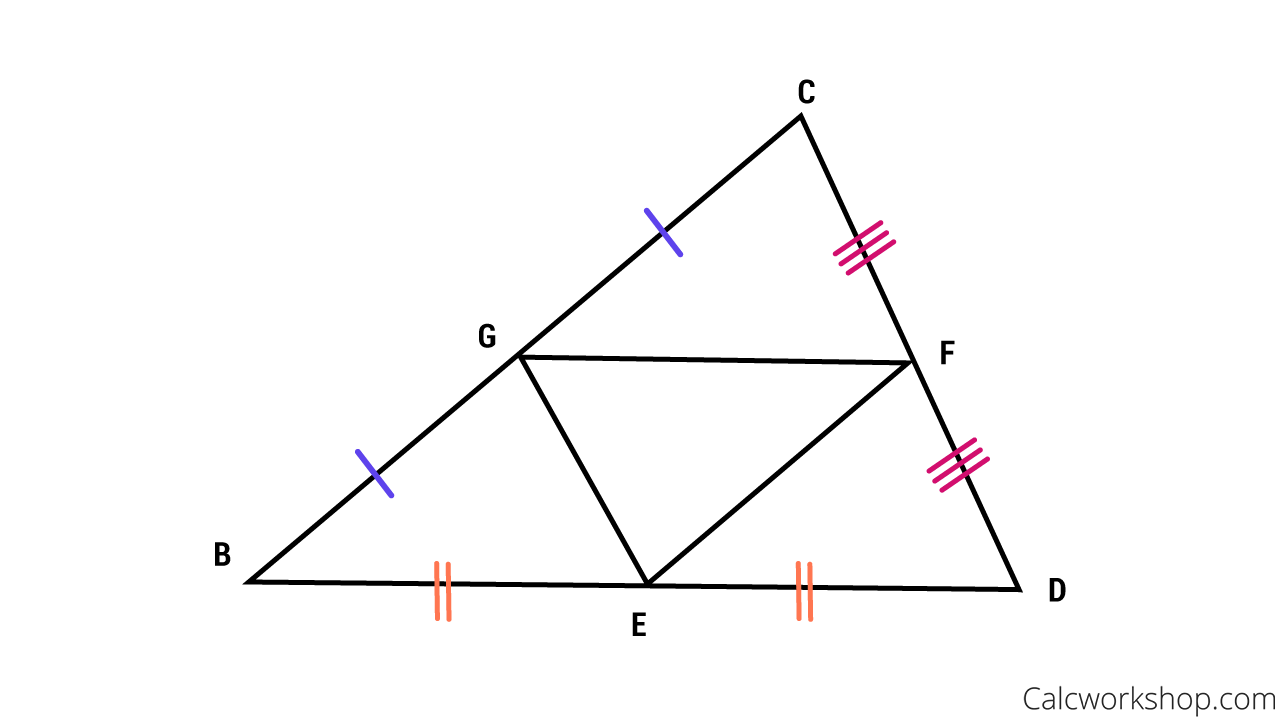
Mid-segment theorem 1
alt/seg1=seg2/alt
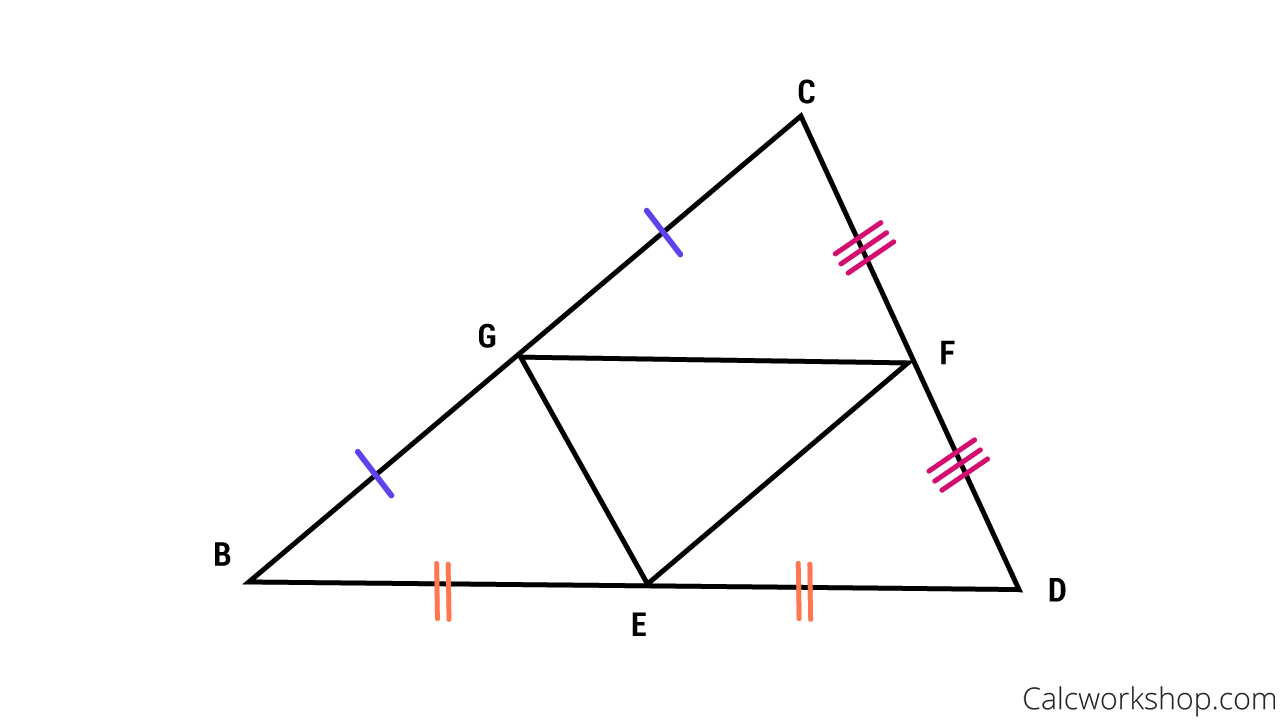
Mid-segment theorem 2
leg1/seg1=hyp/leg1

Mid-segment theorem 3
Leg2/seg2=hyp/leg2
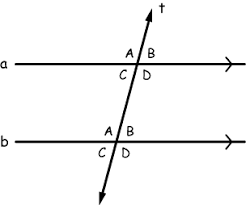
Alt interior angles
<3≅<6,<4≅<5
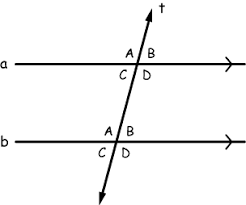
corresponding angles
<1≅ <5,<3≅<7, <2≅<6,<4≅<8
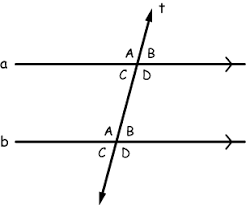
interior angles on the same side of the transversal
<4+<6+180,<3+<5=180
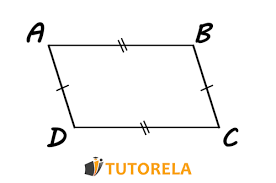
Quadrilaterals , parallelogram
1) Opposite sides are ≅
2) Opposite angels are ≅
3) Opposite sides are parallel
4) Consecutive angels are supplementary
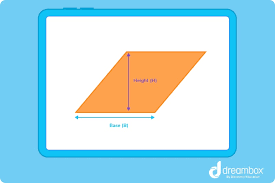
Quadrilaterals, rhombus
1) All properties of a parallelogram
2) Diagonals are perpendicular
3) Diagonals bisect the angels the angels
4) All sides are ≅

Quadrilaterals , rectangle
1) All properties of a parallelogram
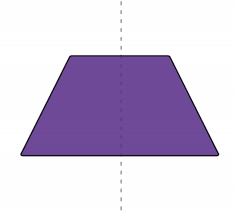
Quadrilaterals, Trapezoid
1) Only one pair of opposites side are parallel
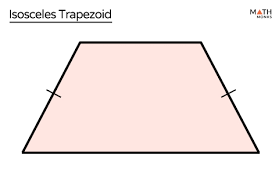
Quadrilaterals , Isosceles Trapezoid
1) Only one pair of opposites side are parallel
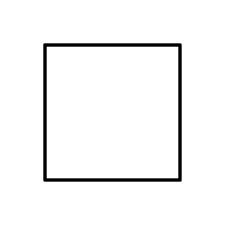
Quadrilaterals , Square
1) All properties of a rhombus
2) All properties of a rectangle

AAS
Angle angle side
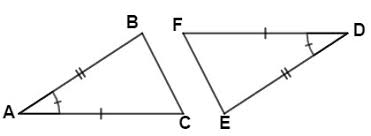
ASA
Angle side angle
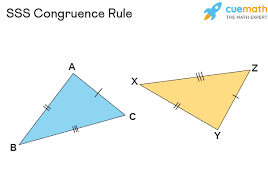
SSS
Side side side

SAS
side angle side

HL
if the hypotenuse and a leg of one right triangle are congruent to the corresponding hypotenuse and leg of another right triangle, then the two triangles are congruent.
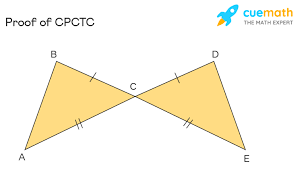
CPCTC
Corresponding parts of congruent triangles are congruent
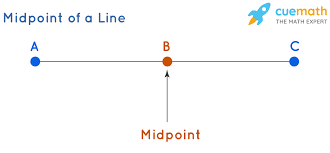
Midpoint
A point on a line that divides it into 2 congruent line segments
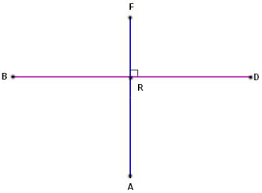
Perpendicular
2 lines that intersect to form right angels

Angle bisector
A line that divides an angle into 2 congruent angles

Line bisector
A line that intersects another line at its midpoint
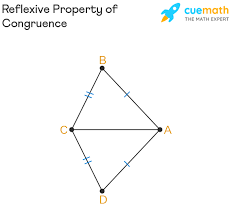
Reflexive
A line or angel that is congruent to itself

Isosceles triangle theorm
If 2 sides of a triangle are ≅, the then the opposite angles are ≅

Converse of its isosceles triangle theorem
If 2 angles of a triangle are congruent, then opposite side are ≅
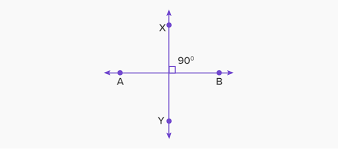

Altitude
A line drawn from the vertex of a triangle to the midpoint of the opposite side
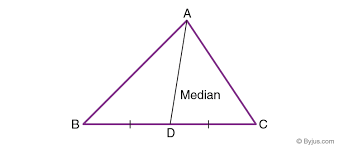
Median
A line drawn from the vertex of a triangle perpendicular to the opposite side

Perpendicular bisector
A line that intersects another line at its midpoint forming right angles
When are triangles ≅?
Triangles are congruent if there is a ridge motion that maps one triangle onto another
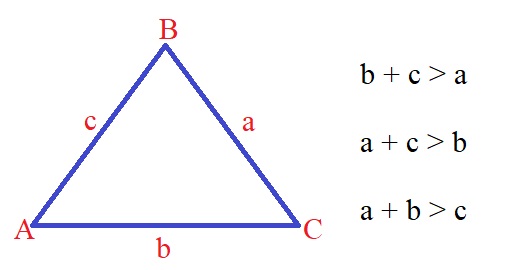
Triangle inequalities
1) Two sides of a triangle must add up to be greater than the third side (b+c>a)
2) The largest angle of triangle is opposite the longest side.(a+c>b)
3) Smallest side- opposite the shortest side (a+b>c)
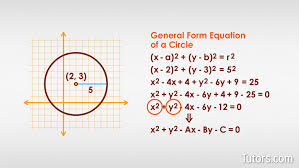
Equation of a circle
1) x²+y²=r² center=(0,0) & radius =r
2) (x-h)² = r² center=(h,k) & radius = r
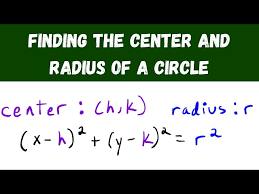
To find the center and radius of a circle by completing the square
1) Group the x’s together, the y’s together & leave a space
2) Move the constant to the opposite side
3) Take ½ of the coefficient of x, square it and add to both sides. Do the same for coefficient of y
4) Factor
Distance
d= √((x₂ - x₁)² + (y₂ - y₁)²)

Midpoint
m=(x1 + x2)/2, (y1 + y2)/2)

Slope
m = (y₂ - y₁) / (x₂ - x₁)
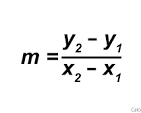
Partitioning a segment in the ratio
a:b -

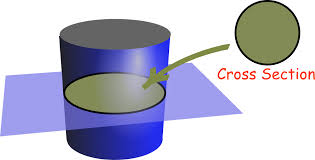
Cross section
A 2-dismensoinal figure that is created when a plane is passed through through a polyhedron
Cross sections of a cube

Cross sections of a cylinder

Cross sections of a cone
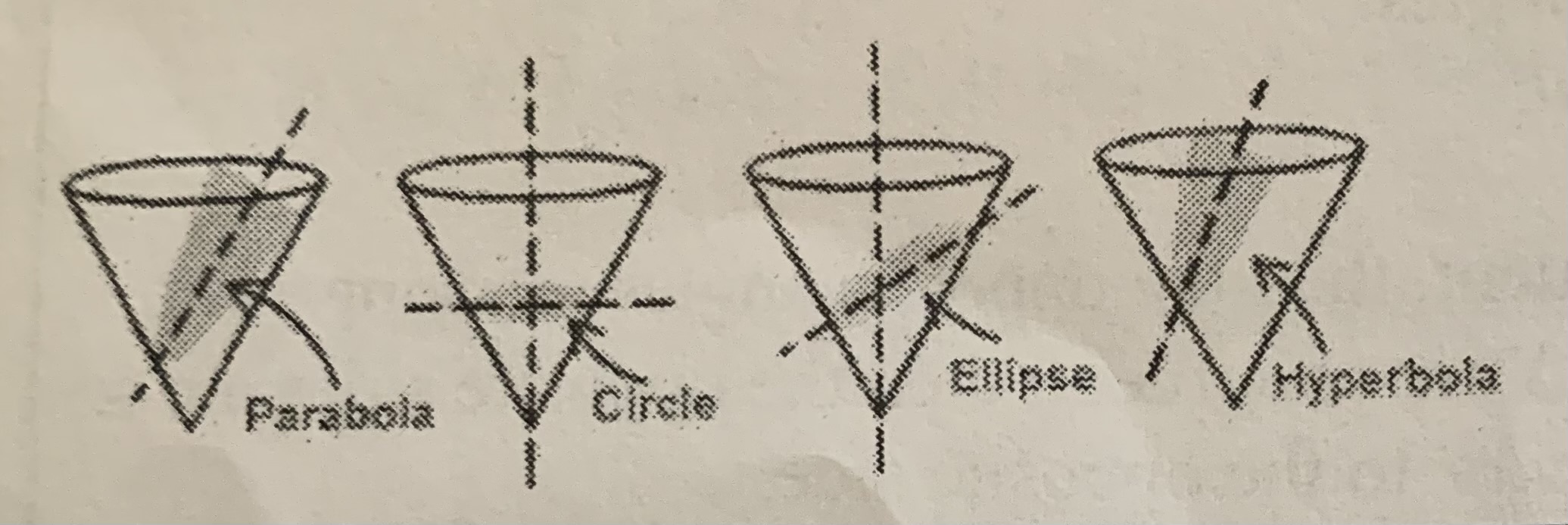
Cross sections of a triangular prism

Special right triangles 1
30-60-90

Special right triangles 2
45-45-90
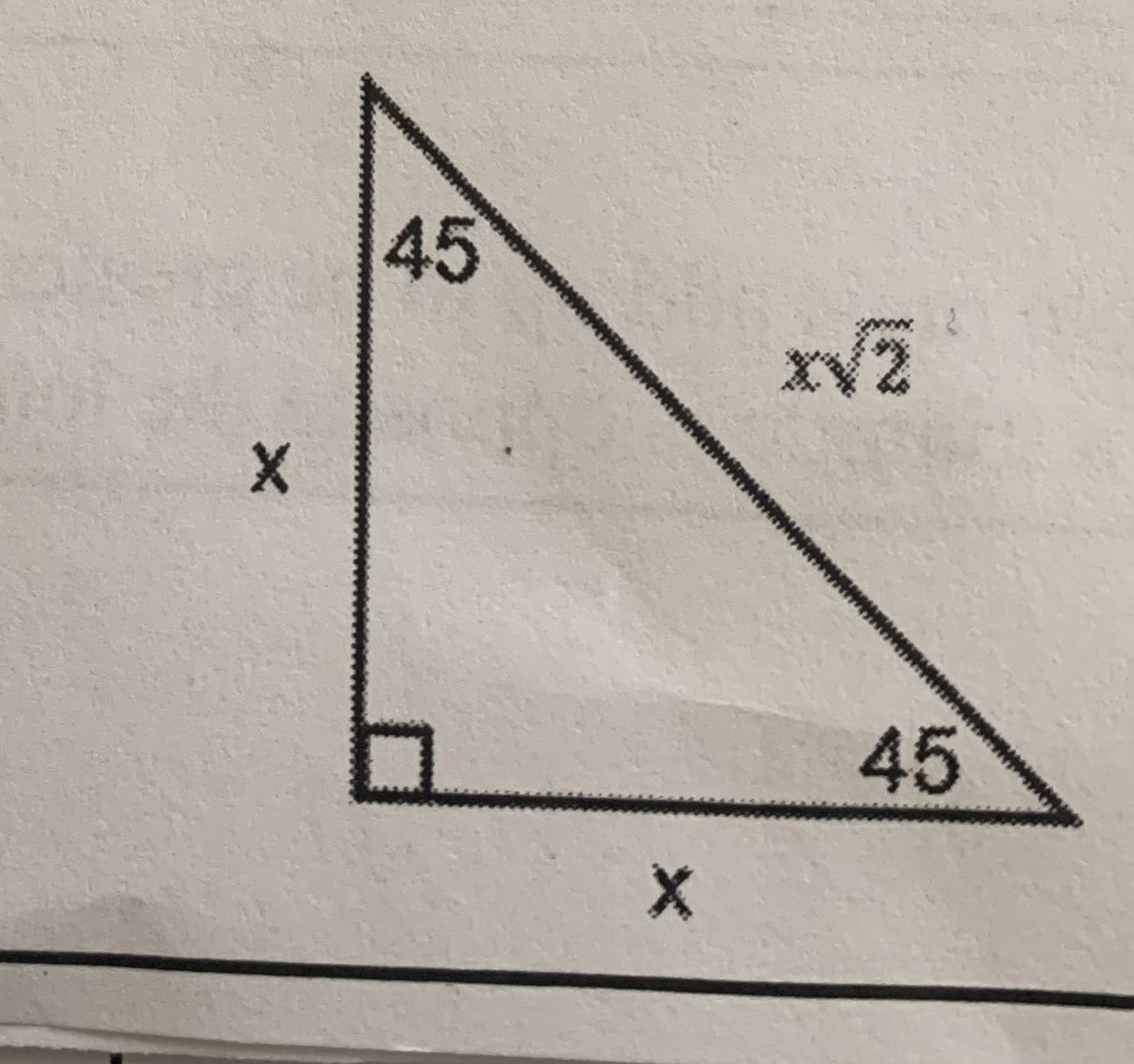
Tangent &secant
T²=WO
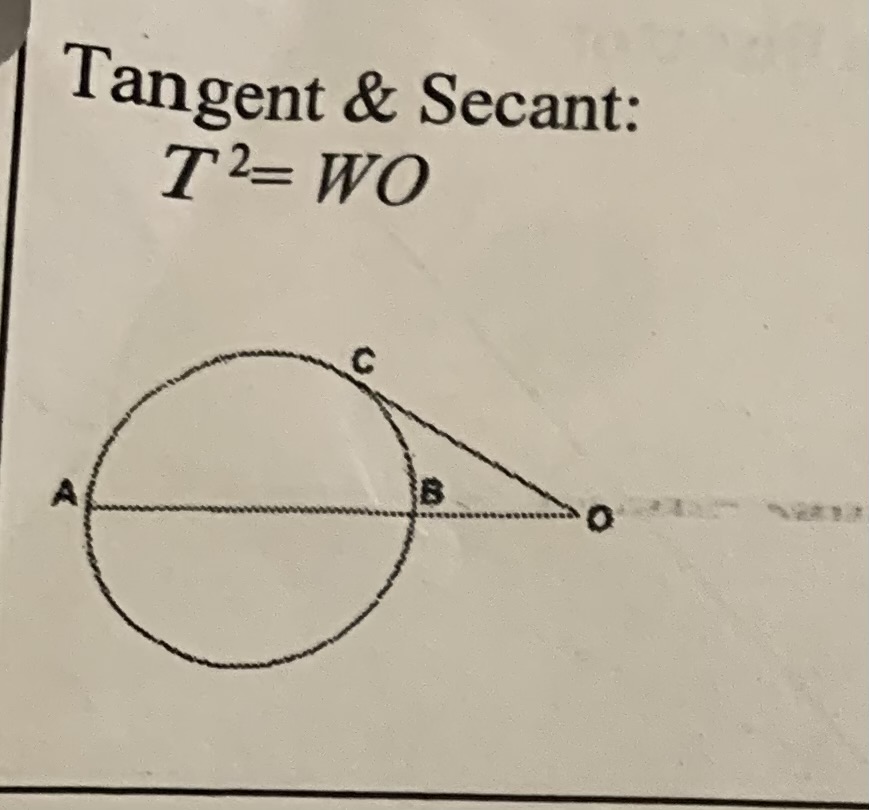
Tangent
Are congruent
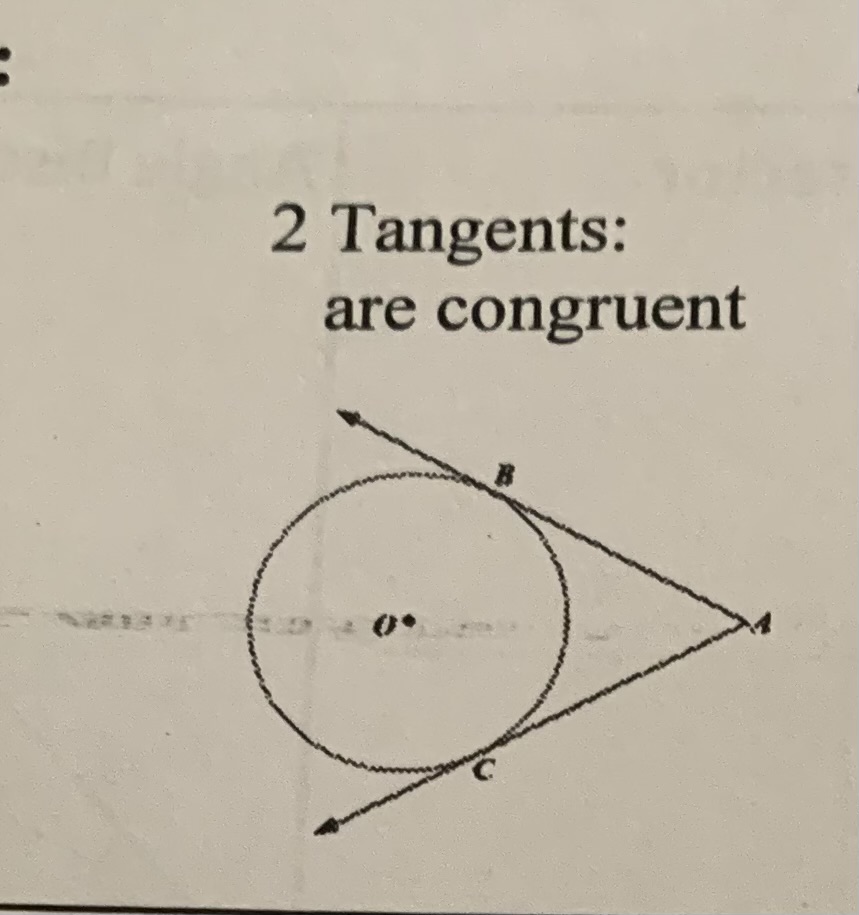
Secants
WO=WO
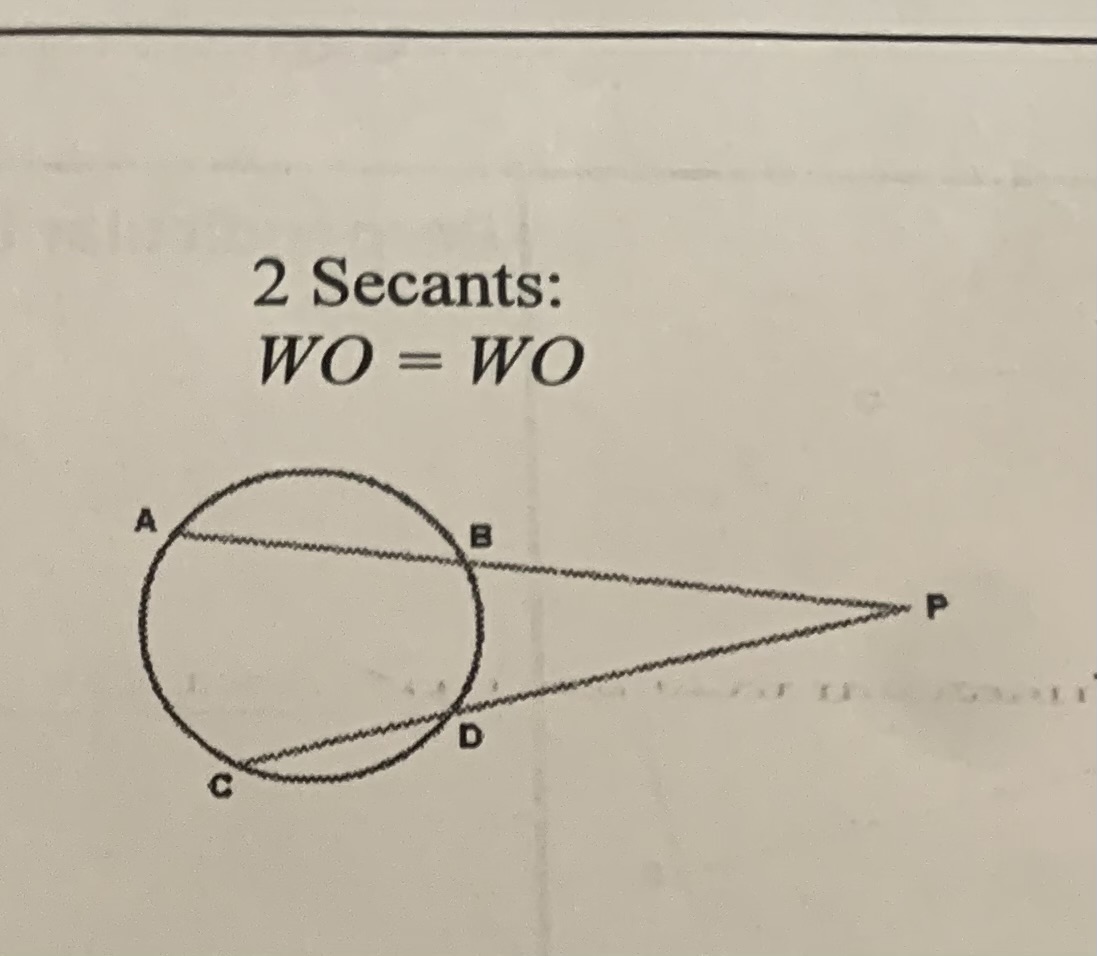
Chords
ab=cd
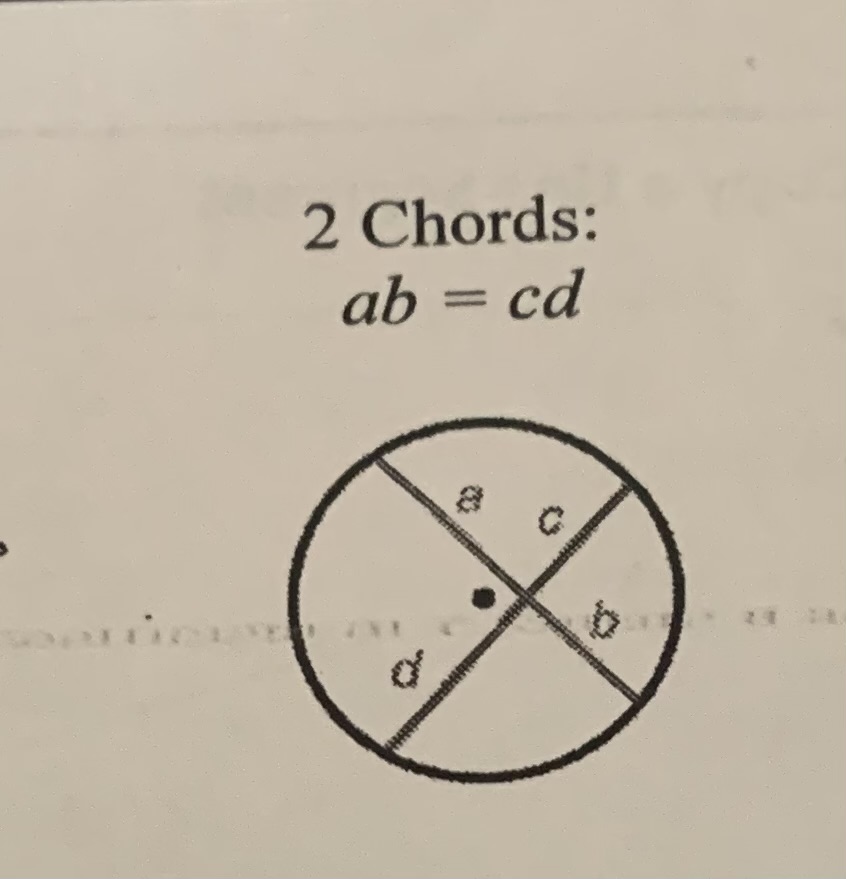
Central circle
= arc
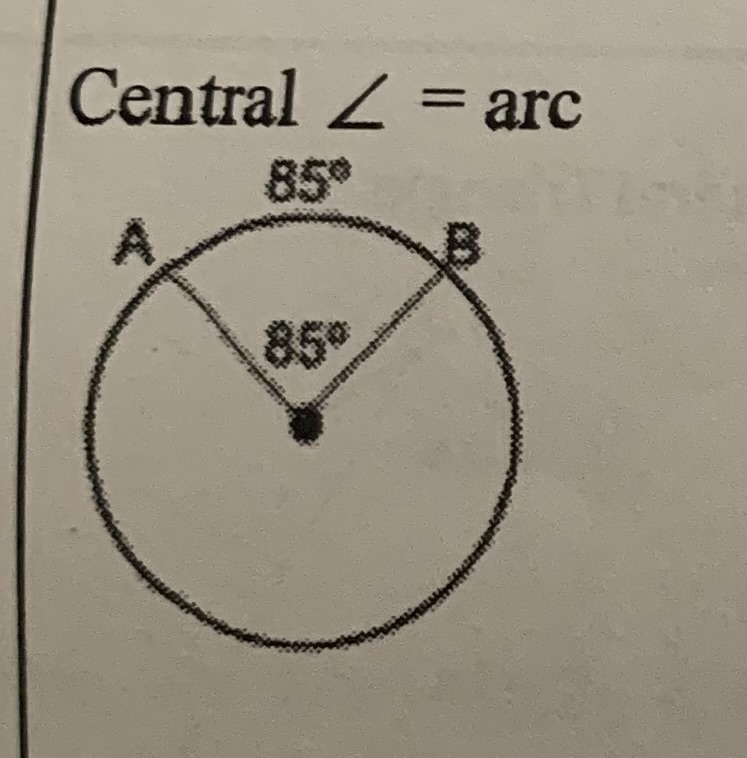
Inscribe circle
½ arc

Tangent/radius circle
are ⊥
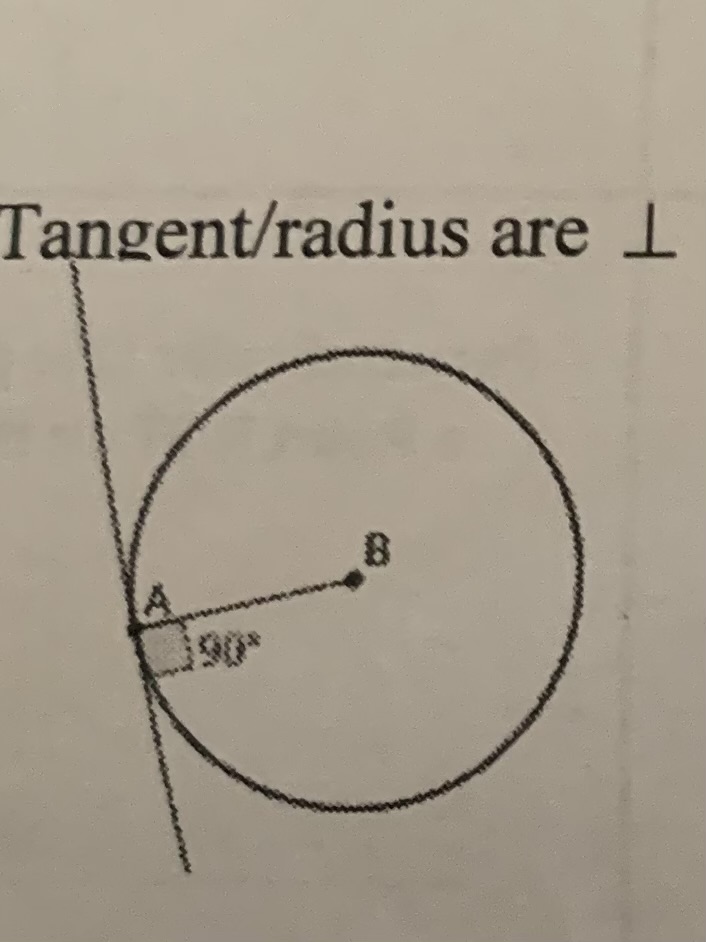
Angle by tangent/chord
=1/2 arc
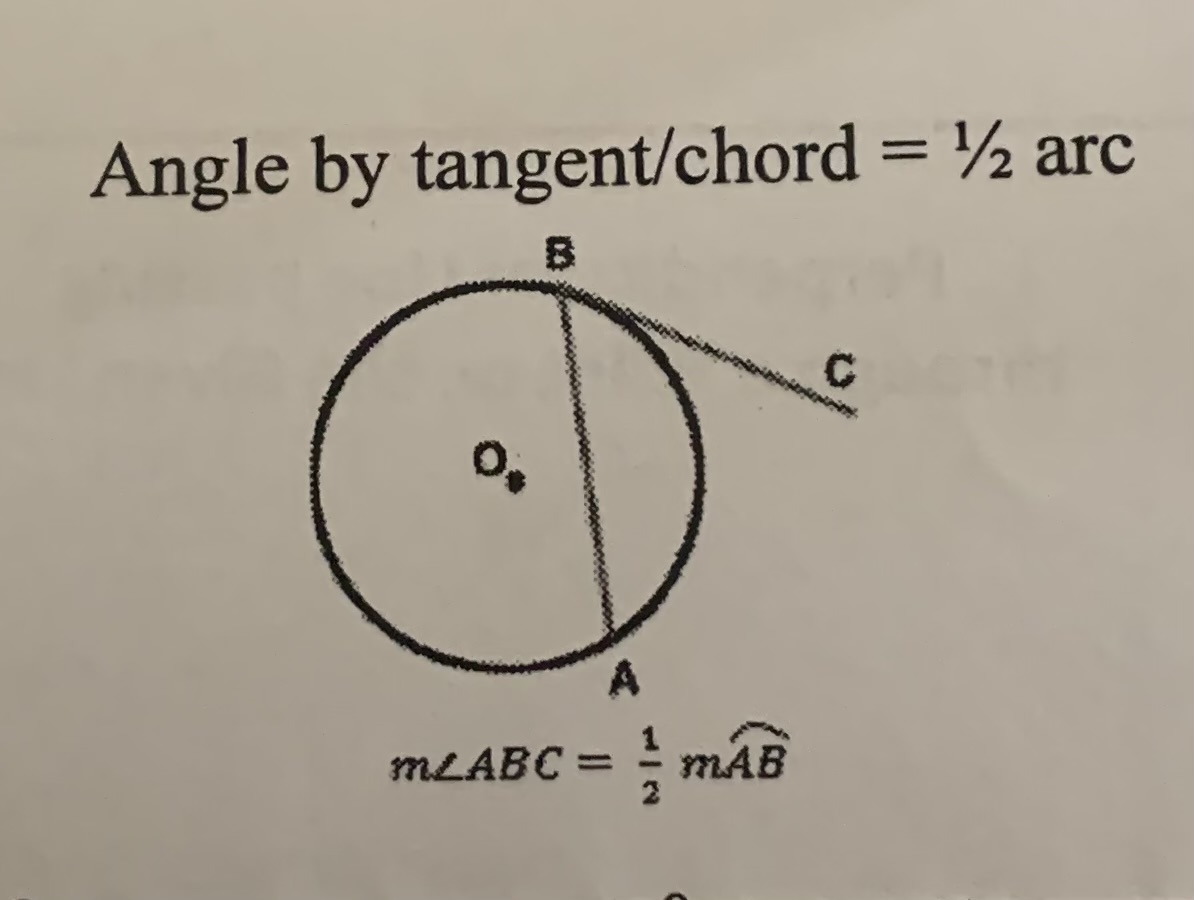
Angeles formed by 2 chords
½ (arc+arc)

Angles formed by 2 tangents,2 secants or secant &tangent
=1/2(arc-arc)

Parallel chords intercept congruent arcs


Incenter
Angle bisectors meet always inside the tringle It’s equidistant from the sides
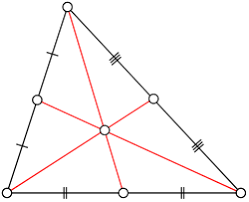
centroid
Medians meet always inside the triangle makes 2;1 ratio